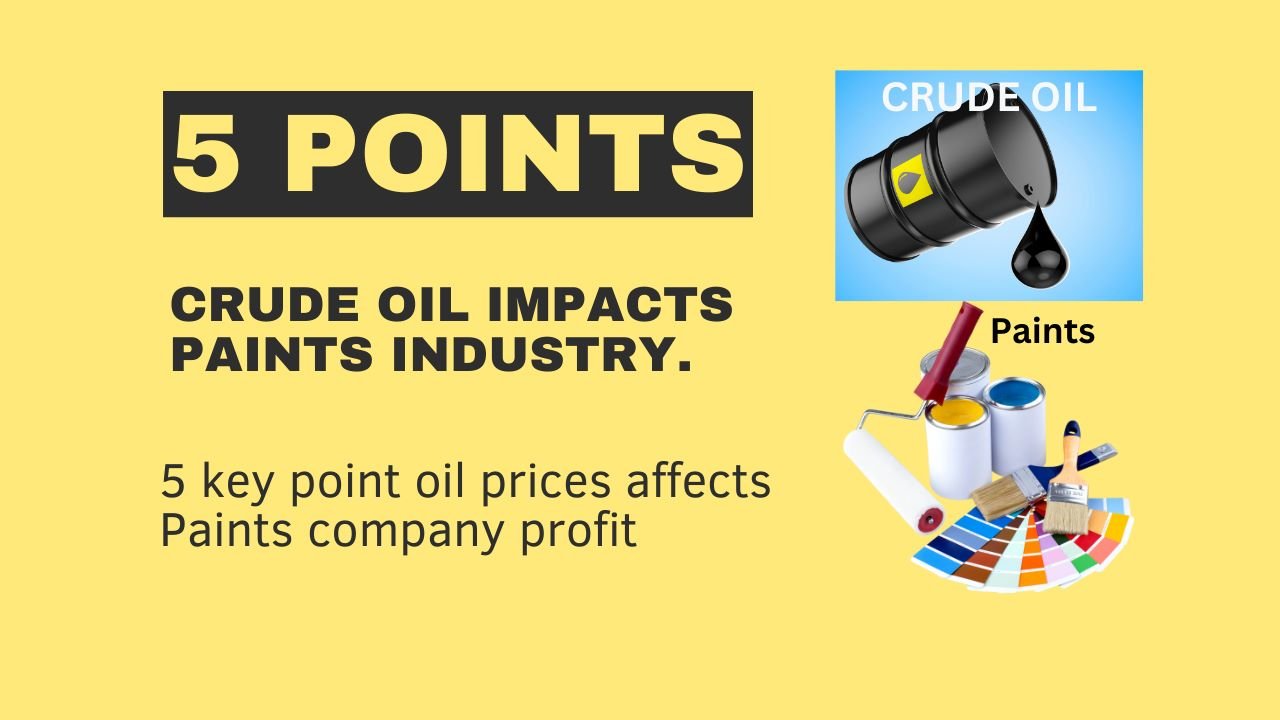The relationship between oilt prices and the share prices of paint companies is a complex interplay of market dynamics and industry-specific factors. Here are five key points that illustrate how fluctuations in oil prices can impact the stock performance of companies in the paint sector:
1. Raw Material Costs:
Paint companies use derivatives of crude oil as raw materials for their products. When oil prices rise, the cost of these raw materials increases, which can squeeze the profit margins of paint manufacturers. This often leads to a negative reaction in the share prices of these companies.
2. Operational Expenses:
Higher crude oil prices can also inflate operational costs for paint companies, such as energy and transportation. These increased expenses can reduce the overall profitability, potentially leading to a decline in the share value.
3. Product Pricing:
To manage higher input costs, paint companies may raise the prices of their products. However, if the market is price-sensitive, this can lead to reduced sales volumes, affecting the company’s revenue and, consequently, its share price.
4. Economic Impact:
The broader economic impact of oil prices, such as inflation and currency fluctuations, can also affect the stock market, including the shares of paint companies. For instance, a weak currency can make imported raw materials more expensive, further impacting costs and share prices.
5. Investor Sentiment:
The stock market is influenced by investor sentiment, which can be affected by the outlook on oil prices. If investors anticipate a sustained increase in oil prices, they may adjust their portfolios accordingly, which can include selling shares of paint companies due to expected cost pressures.
Understanding these points can help investors make more informed decisions when considering the impact of oil prices on paint company stocks. It’s important to note that these factors are part of a larger economic picture, and stock prices are influenced by a multitude of variables, not just oil prices.

